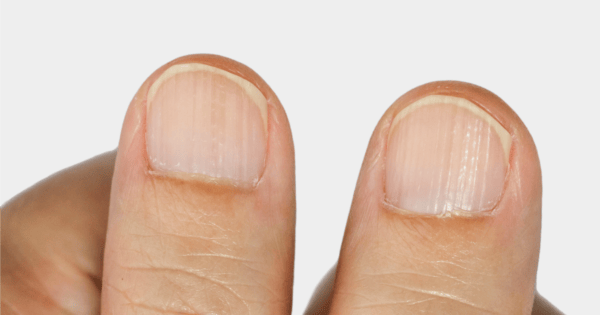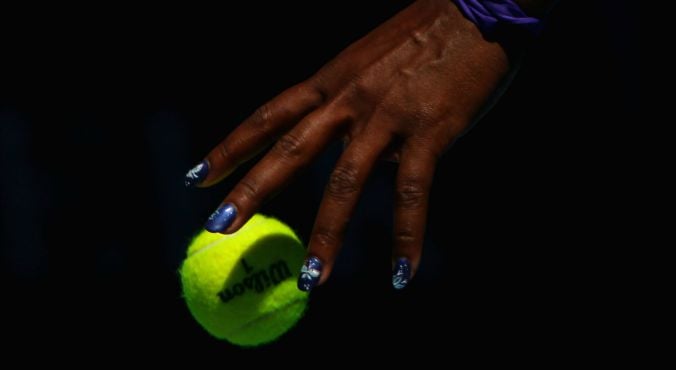It’s a little-known fact the state of our fingernails can be an indication of something not-quite-right internally.
While chewed nails are harmless, other visual signs can act as red flags.
Here are five things to keep an eye out for when it comes to fingernails, and exactly what each on might be signifying:
1. Vertical ridges.
So, the good news is, vertical ridges are mostly harmless.
According to Dr Jessica Krant, a fellow of the American Academy of Dermatology and assistant clinical professor of dermatology at SUNY Downstate Medical Centre, “Lengthwise ridges, if they are evenly spaced over the whole nail, are common and harmless, and generally associated with normal ageing and the nail’s increasing inability to retain moisture.”
Like wrinkles. But for your nails.




